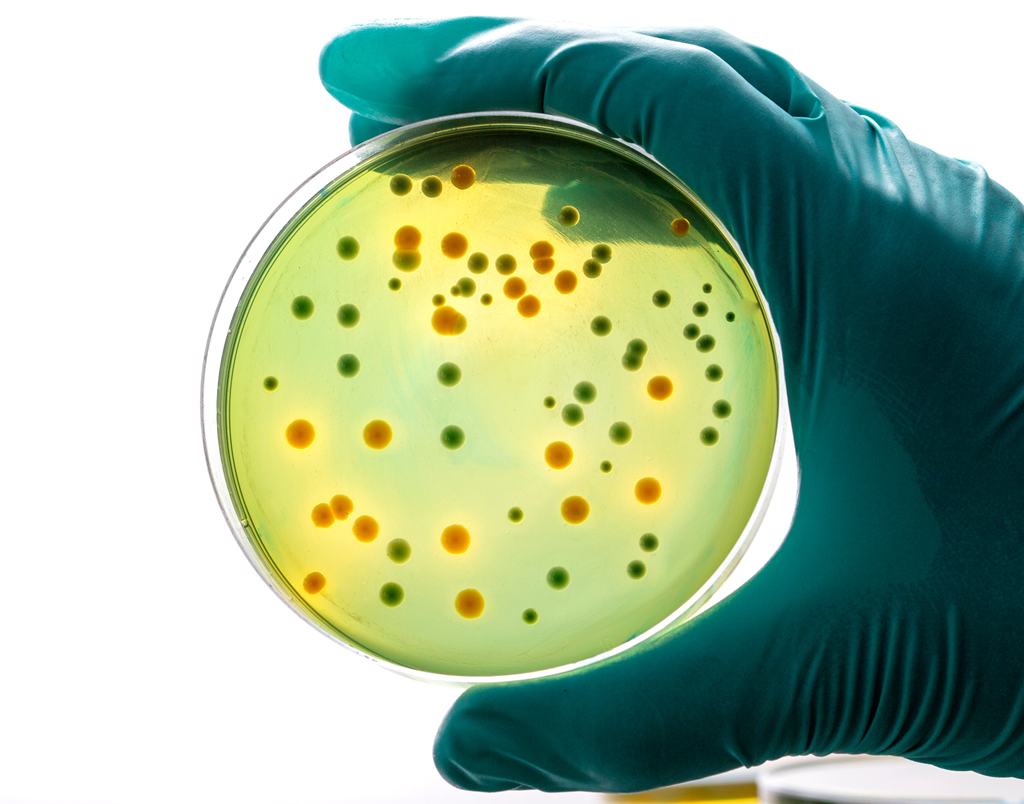Contaminants in your compressed air system: how do you control them?
What is Air Contamination
Untreated compressed air contains a number of contaminants that can cause a variety of issues within your compressed air system and your production processes.
Compressed air is one of the few utilities that are produced on site and its quality must therefore be assured by means of the appropriate air treatment systems. More details of the main contaminants found within compressed air are detailed below.
Compressed Air Contaminants
Water
Water vapour in the ambient air is compressed and is pumped into the compressed air both in the form of condensed liquid and saturated in its vapour state. A 75kW compressor can produce over 500L of water every single day.
Oil
Oil and hydrocarbons in the compressed air are coming from two main sources:
- Hydrocarbons in the ambient, from traffic and industry, drawn into the compressor and passing straight through.
- Lubricant from within the compressor
Solid Particles
Solid particulate in a compressed air system comes from various sources:
- The ambient air contains on average 140 million particles per m3 which are drawn into the compressor intake. Over 80% of these particles are smaller than 40 microns and therefore pass straight through any compressor filters.
- The compressed air system itself can be a source of particulate contamination due to wear particles in the compressor, rust particles from air receivers and pipe scale from the pipework. The presence of an acidic mixture of oil and water will enhance this problem.
Microbiological contamination
Micro-organisms from the ambient are drawn into the compressor and in the right conditions of temperature and humidity are allowed to thrive within the distribution pipework. This contamination can have an adverse effect on many critical production processes, especially in the food, beverage, fine chemical and pharmaceutical industries.
The effects of compressed air contamination
The combination of the above contaminants can have the following negative impact on your business:
- Corrosion and wear of the compressed air system, resulting in air leakage, downtime, and premature replacement of components such as pipes, fittings, and other pneumatic components.
- Unforeseen failure of pneumatic tools and machinery, resulting in increased cost of replacement of tools and other pneumatic equipment, loss of productivity and associated cost of factory downtime.
- Reduced product quality, product quality concerns, product failure, and customer dissatisfaction resulting in poor market perception, potential lost business and incompliance with industry standards
- Potential health risks due to contaminated air being released near food products, in controlled production environments, or for air used for breathing or medical purposes.
Air quality standards
The required air quality standards for your business will depend on the applications for which the compressed air is required. There are clear quality standards set out for many industries and in many cases the risks posed by poorly treated compressed air would be integral to appropriate GMP, HACCP and ISO reviews and risk assessments. The ISO8573 air quality standard is generally used to specify maximum contaminant levels allowed for the air used for certain processes. Moreover, many machinery manufacturers will specify the air quality standard needed for the air inlet.
What can Maziak do?
Maziak’s highly trained sales and service teams can provide advice, consultancy and proposals on ensuring your air quality is optimum and suitable for the applications it is used for in your production and factory environment.
We can provide products and services to ensure your air quality meets with the latest industry standards, provide the highest productivity and lowest cost of operation, from leading insutry manufacturers, such as HPC compressors. Contact Maziak on 01933222000 or at enquiries@maziak.co.uk to find out more.
For more information, please call 01933 222000 or email us at enquiries@maziak.co.uk


)
)
)